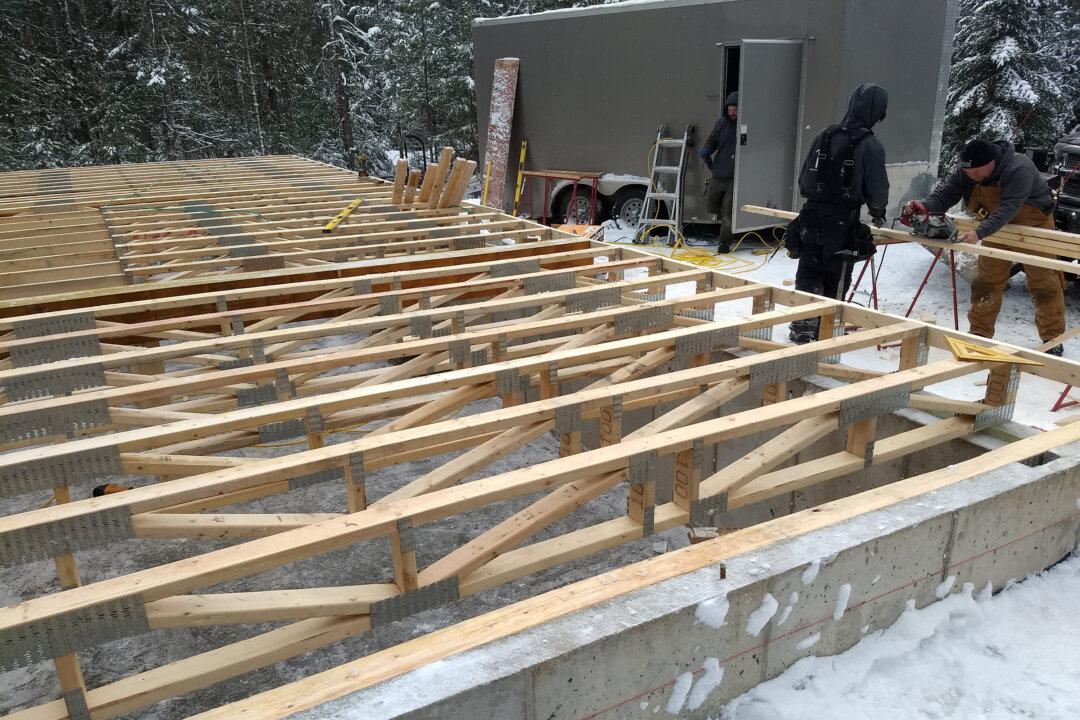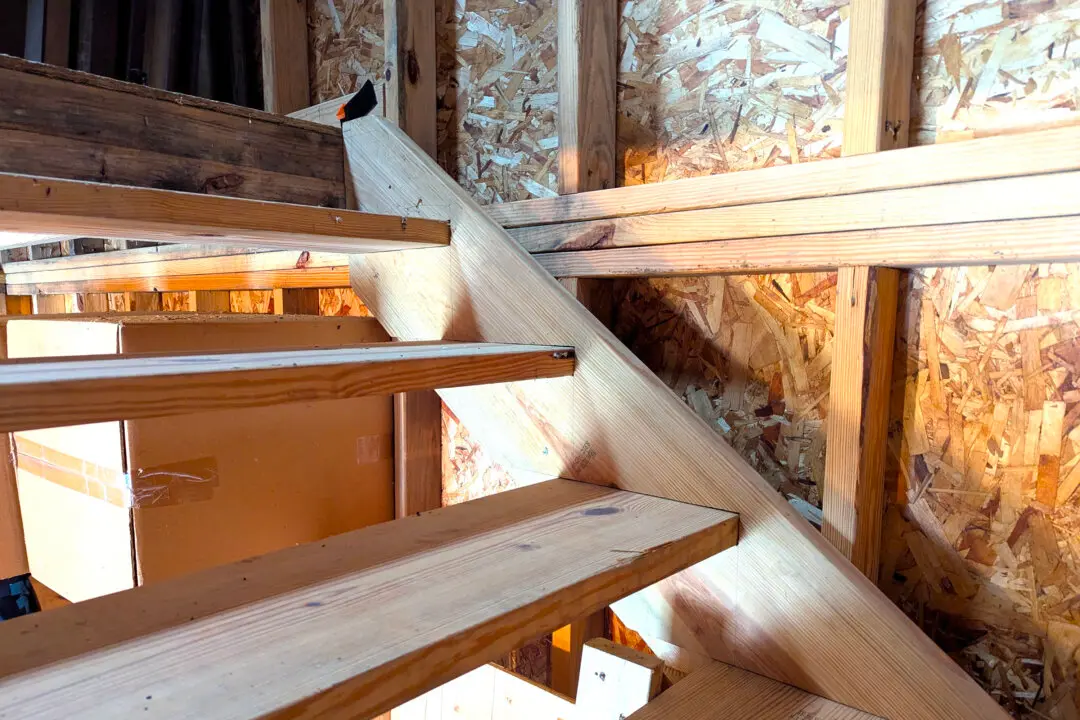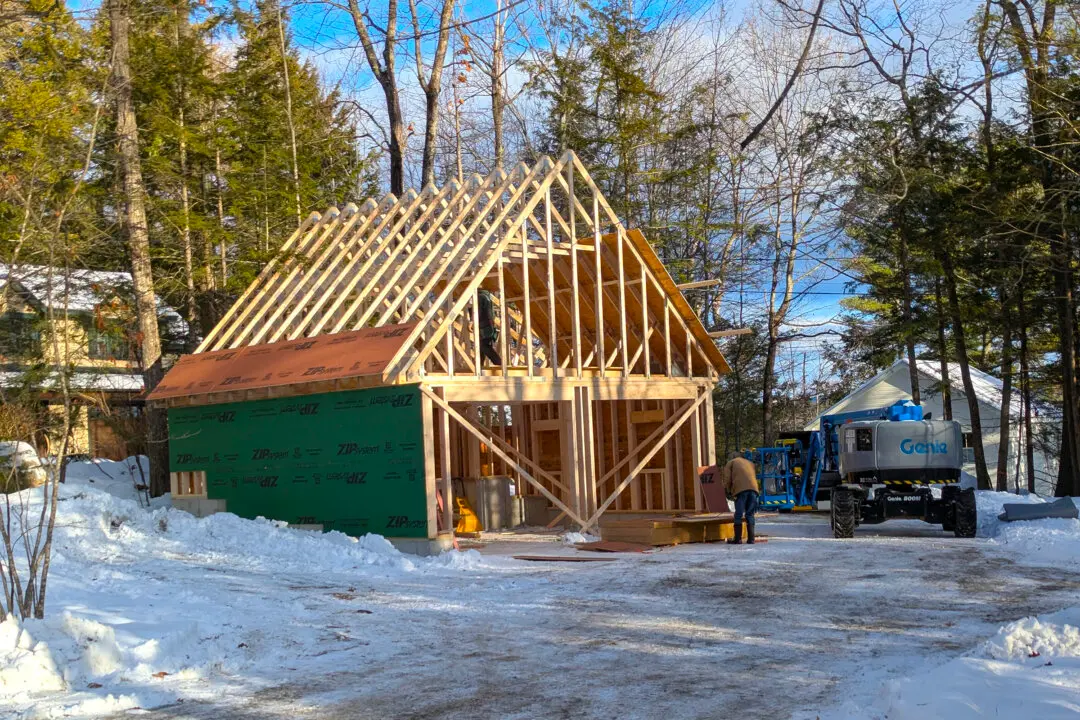I’m sure you’ve driven across or seen large steel truss bridges that are made by combining any number of huge steel beams into right triangles that interconnect. When viewed from the side they look like open boxes with a diagonal piece of steel extending from one corner of each box to the opposite corner. Imagine how strong this design is to be able to hold countless tons of concrete roadway, cars, trucks and even giant train locomotives!
Did you know this same technology can be used in your home, room addition, light-commercial building and so forth? You can have these same trusses built using wood. I had my first experience with open web floor trusses made from standard 2x4s about 40 years ago. Ever since that day, when we installed these in a room addition, I was sold on the many benefits.





